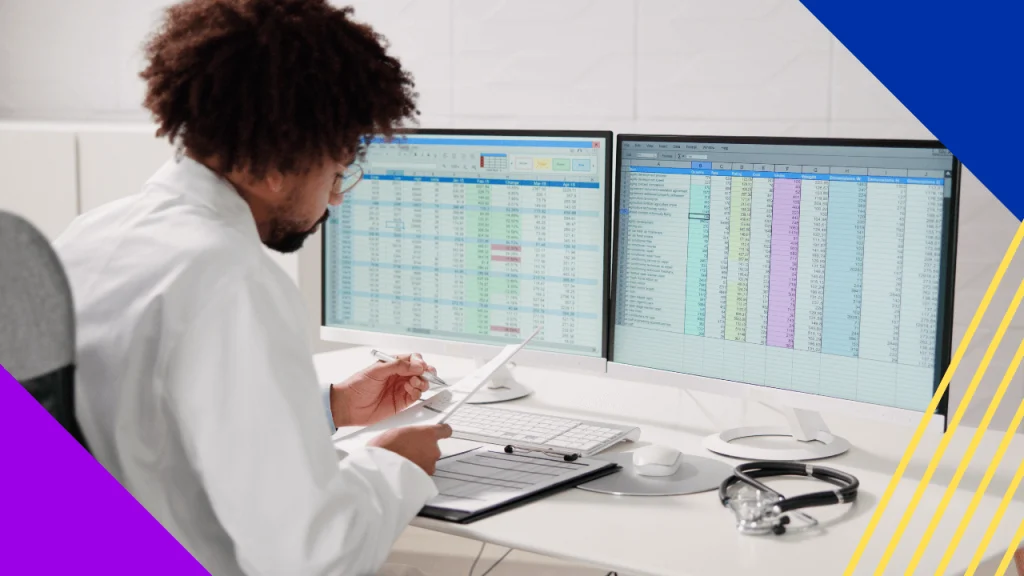Healthcare today moves faster than ever, and so does the need for efficient, real-time documentation and billing. As physicians juggle packed schedules, patient care, and compliance requirements, traditional billing systems—often tied to desktop computers or paper-based methods—are falling behind. Enter mobile medical billing, a solution that leverages the power of smartphones and tablets to simplify and speed up the billing process.
With mobile medical billing, healthcare providers can document, code, and submit charges from wherever they are—whether rounding in a hospital, working in a clinic, or providing home-based care. This flexibility doesn’t just improve convenience; it enhances accuracy, reduces lost revenue, and ensures a faster revenue cycle.
What Is Mobile Medical Billing?
Mobile medical billing refers to the use of mobile devices—such as smartphones, tablets, or wireless-enabled laptops—to complete billing tasks in real-time. Through dedicated apps or cloud-based platforms, providers can access patient information, select the appropriate codes, and submit claims without returning to a stationary workstation.
These mobile solutions are typically integrated with electronic health record (EHR) systems and billing software, allowing for seamless data flow and secure storage. In many ways, mobile medical billing is an extension of digital transformation efforts already underway in healthcare, making administrative processes more responsive and adaptable.
Why Mobile Medical Billing Matters
Medical billing isn’t just about sending invoices—it’s the backbone of how healthcare organizations get reimbursed. Delays, inaccuracies, and missed charges all translate to lost revenue and strained operations. Here’s why mobile solutions are becoming an essential part of the healthcare billing ecosystem:
1. Real-Time Charge Entry
One of the most powerful benefits of mobile medical billing is the ability to document charges immediately after patient encounters. Instead of scribbling notes or relying on memory hours later, providers can enter information on the spot. This improves billing accuracy and reduces missed charges.
2. Faster Revenue Cycle
By eliminating the lag between service and charge submission, mobile billing speeds up the reimbursement process. This results in better cash flow and fewer delays in claim processing.
3. Improved Billing Accuracy
Mobile platforms often come with tools to guide providers through coding, flag errors, and suggest proper modifiers. This reduces the risk of claim denials and minimizes the need for rework by billing staff.
4. Convenience for On-the-Go Providers
Many healthcare professionals don’t work in just one location. Physicians who round at hospitals, visit multiple clinics, or see patients in home care settings need flexible tools. Mobile medical billing ensures they can keep up with billing tasks no matter where they are.
5. Streamlined Communication with Billing Teams
Mobile systems allow for quicker communication between providers and billing departments. If a code needs clarification or documentation is missing, the issue can be flagged and resolved in real time, keeping the billing process moving forward smoothly.
The Role of Mobile Medical Billing in Preventing Revenue Loss
One of the most underappreciated sources of lost revenue in healthcare is missed or incomplete charge capture. A provider might perform a procedure or evaluation but forget to document it or miscode it later, resulting in no reimbursement for services rendered.
Mobile medical billing significantly reduces this risk by putting charge entry in the provider’s hands at the point of care. With automatic syncing, validation tools, and access to updated coding databases, mobile billing platforms help providers record everything accurately the first time.
In addition, mobile solutions often provide tracking features that allow providers and administrators to monitor pending charges, spot trends, and address gaps before they become problems.
Key Features to Look for in a Mobile Medical Billing System
Not all mobile platforms are created equal. The best mobile medical billing systems share several common features:
- Secure, HIPAA-compliant data handling
- User-friendly interface optimized for mobile screens
- Integrated access to CPT, ICD-10, and HCPCS code databases
- Real-time syncing with EHR and billing software
- Offline capability with automatic upload when reconnected
- Audit trails and reporting tools for accountability
- Custom templates for specific specialties or workflows
Choosing the right tool is about more than convenience—it’s about ensuring long-term efficiency and compliance.
Challenges of Mobile Medical Billing
Despite its many advantages, mobile medical billing isn’t without challenges:
- Learning Curve: Transitioning to mobile tools requires training and buy-in from providers, especially those accustomed to paper or desktop systems.
- Device and Connectivity Limitations: Not all healthcare environments have reliable Wi-Fi or cellular service. Some platforms may need offline capabilities to work seamlessly in all conditions.
- Integration Issues: For maximum efficiency, mobile systems need to integrate with existing EHRs, practice management software, and payer systems—something not all tools can do smoothly.
- Security Concerns: With sensitive patient data being accessed on mobile devices, security protocols must be airtight, and organizations must implement strict access controls.
Looking Ahead: The Future of Mobile Medical Billing
As healthcare continues to embrace digital solutions, mobile medical billing is likely to become the norm rather than the exception. With trends like telehealth, home-based care, and multi-site practices on the rise, the need for flexible, accurate billing tools will only grow.
Additionally, as value-based care models expand, the importance of capturing detailed, timely, and accurate billing data becomes even more critical—not just for reimbursement, but for performance tracking and quality reporting.
Final Thoughts
In an industry where both time and revenue are precious, mobile medical billing offers a smart, efficient way to bridge the gap between care delivery and financial operations. It empowers providers to take control of their billing process, reduce missed revenue opportunities, and improve documentation quality.
As more healthcare organizations seek to modernize their operations and reduce administrative burdens, mobile billing will play a key role in transforming how and when charges are captured. It’s not just a tech trend—it’s a practical shift that puts accuracy, speed, and flexibility back into the hands of those who need it most.

